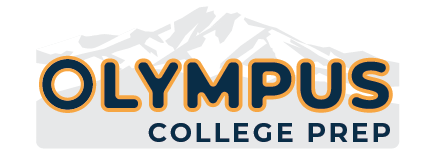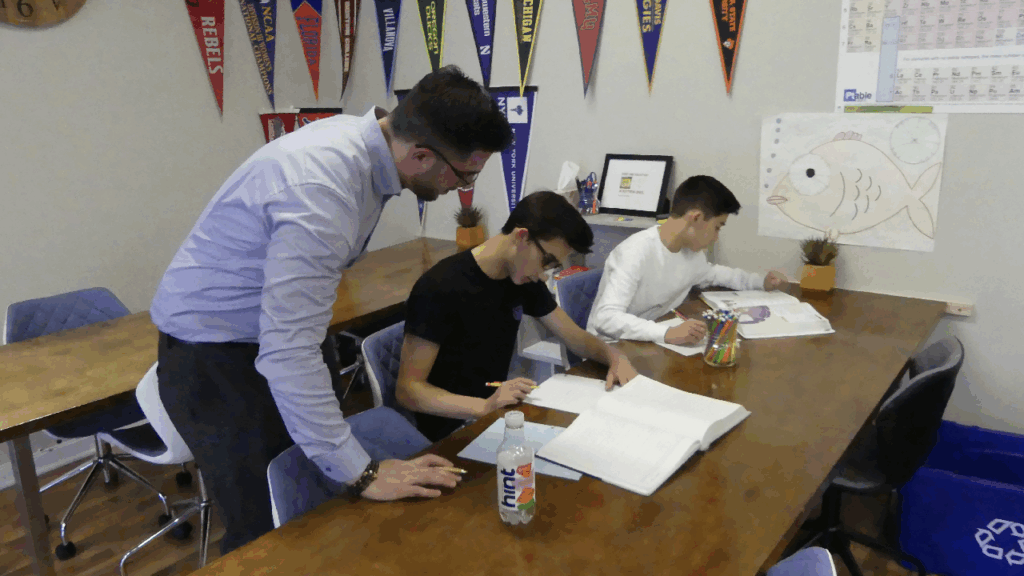
Two Bay Area universities rank among top five med schools
31 Jul 2024
Two Bay Area universities rank among the top five med schools.
Stanford University ranked second and the University of California San Francisco ranked fifth.
Aspiring doctors in the Bay Area may not have to travel far from home in order to earn degrees at some of the most prestigious medical schools in the country, according to findings in a recent study by a career education organization.
Stanford University was ranked second and the University of California San Francisco was ranked fifth according to a study from the U.S. Career Institute that evaluated all 112 med schools in the country and scored them based on factors including academic and employer reputation, quality of research, and partnerships with other institutions.
“Although the acceptance rate for top medical schools is very strict and can be extremely difficult to get into, the education these institutions provide has produced some of the most highly equipped and trusted doctors in the world,”
According to the results, scored by 1 to 100 based on the index developed from these factors, Stanford earned a score of 92.6 – trailing first-place Harvard University with a score of 99.1 – followed by Johns Hopkins University at 92.2, UCLA with a score of 88.8, and UCSF rounding out the top five with a score of 88.5.
The rest of the top 10 consisted of Yale University in sixth place with a score of 88.4, Massachusetts Institute of Technology in seventh place with a score of 88.2, Columbia University in eighth place with a score of 87.4, University of Pennsylvania at ninth place with a score of 86.3, and Duke University in tenth place with a score of 84.9.
“The 112 medical schools in the U.S. all have different attributes that contribute to where they rank in this table,” said Holly Cook, VP of marketing for U.S. Career Institute in an announcement from the organization on May 29. “There are so many directions in which a student can choose to go when it comes to a medical degree, and it can be a life-changing career for people with some of the best job prospects.”
However, it’s well documented that med school isn’t for the faint of heart, with the field being one of the most competitive and challenging despite the range of job prospects at the end of the road.
“Medicine is undoubtedly one of the most difficult degrees to achieve and is much longer than other typical degrees,” Cook said. “Still, it can lead to over 60 areas of specialization within the sector, and with the constant development in medicine, there are always new challenges.”
But before students can begin the hard work required in med school, they have to get accepted – a challenge in and of itself, albeit one that Cook said is worth the effort.
“Although the acceptance rate for top medical schools is very strict and can be extremely difficult to get into, the education these institutions provide has produced some of the most highly equipped and trusted doctors in the world,” Cook said.
For the entering class of 2023, Stanford received 8,837 applications that yielded a class size of just 89 students – approximately 1% of the applicant pool. That makes it even more competitive than Harvard, the top med school according to the recent ranking, where 6,986 students applied in 2023, yielding a class size of 164 for the class of 2027 – approximately 2.35% of the applicant pool.
UCSF also proves to be more competitive than Harvard, with a matriculation rate of just 1.8% out of an applicant pool of 8,774 in 2023. However, it is unclear how that compares with admission rates.
Meanwhile, Johns Hopkins – number three on the list – reports a matriculation rate of 2.84% and an acceptance rate of 6.2% for the class entering in 2023, with 4,213 applicants.
UCLA – number four – does not have med school admission data for 2023 available on their website, but like the other top schools, it has a reputation for competitive admissions. The results of the most recent data available in 2019 produced by the university’s Student Affairs Information and Resource Office are particularly surprising – 963 applicants, 480 of whom were matriculated according to the data. https://sairo.ucla.edu/amcas
Based on those numbers, the matriculation rate for UCLA was 41% in 2019. But given the school’s prestigious reputation, and the lack of up-to-date data available from UCLA, it remains unclear how accurate that figure is. Solomon Admissions Consulting reports that the acceptance rate for the class entering in 2024 was 2.8%, a number that sounds much more realistic. https://www.solomonadmissions.com/med-school/acceptance-rates/
What is clear, however, is that while Bay Area students have access to two of the top med schools without leaving home, those two schools – Stanford and UCSF – have more competitive admission rates than at least two of the other top-five med schools on the list, and appear to be the most competitive of the top five.
But are Stanford and UCSF more competitive than the rest of the top 10?
 According to data from 2022 at Yale 4,386 med school applications were received that year which yielded just 129 matriculations for a rate of 2.94%, higher than both Stanford’s and UCSF’s matriculation rates as well as Johns Hopkins’ and Harvard’s.
According to data from 2022 at Yale 4,386 med school applications were received that year which yielded just 129 matriculations for a rate of 2.94%, higher than both Stanford’s and UCSF’s matriculation rates as well as Johns Hopkins’ and Harvard’s.
For MIT’s MD/PHD program in partnership with Harvard, the average number of applicants per year between 2020 and 2024 was 695, with an average of just 14 matriculants annually – a rate of 2%.
At Columbia University, 7,203 students applied for med school in 2023, 140 of whom were admitted for a rate of 1.94% according to data from the university.
Like UCLA, University of Pennsylvania has not seemed to make data available on admission and matriculation rates for its school of medicine for the class starting in 2023. Solomon Admissions Consulting reports an acceptance rate of 3.8% for the class entering in 2024. However, it’s unclear how many applications were received, and what the rates of matriculation were compared with the acceptance rate.
Duke University reports that 4,606 students applied for its MD program in 2023, 140 of whom matriculated for a rate of 2.4%.
At a glance then, the most competitive admissions for the med schools ranked by US Career Institute are as follows, based on matriculation rate.
- Stanford (1% matriculation rate)
- UCSF (1.8% matriculation rate)
- Columbia (1.94% matriculation rate)
- MIT/Harvard (2% matriculation rate)
- Harvard (2.35% matriculation rate)
- Duke (2.4% matriculation rate)
- UCLA (2.8% matriculation rate)
- Johns Hopkins (2.84% matriculation rate)
- Yale (2.94% matriculation rate)
- UPenn (3.8% matriculation rate)
While further analysis with data from the same year would be needed to fully gauge the competitiveness of these schools, it is clear that while Bay Area students seeking to attend med school are fortunate to have two of the top programs nationally nearby, getting into those programs compared to others might be a different story.






